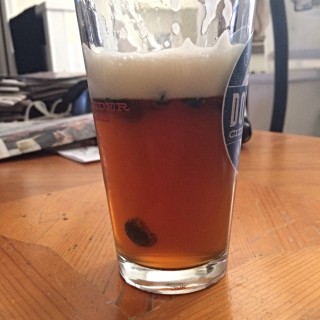Like most brewers I almost always brew on the weekend when there is plenty of time during the day to brew and enjoy a beer. This past weekend I judged at a competition in Boston,
visited Trillium, and bottled my
Blueberry Wheat Ale. That didn't leave a lot of time for brewing. The only thing I have brewed since I returned from vacation was the
Cabot Street Hop Harvest. There was another beer I wanted to brew in April I haven't brewed yet. I had planned on brewing three batches in May to be ready for the summer, and I need to brew another batch of
Curly's Milk Stout. That is a backlog of five beers These are all batches I already bought ingredients for. I need to get in gear!
 |
My last hefeweizen. The high carbonation gives the beer a thick, rocky head.
|
Hefeweizen, a type of German
weizen/weissbier, is one of my girlfriend's favorite styles. I love them as well. Whenever I am at
The Indo and can't decide what to order, I will fall back to
Weihenstephaner Hefeweissbier which they always have on draught, and serve in a
beautiful glass. The style is light and spritzy, perfect for the summer. The malt is at least 50% wheat, there is no hop flavor, the hops only provide a small amount of bitterness, and most of the flavor comes from the
esters and phenols produced by traditional weizen yeasts. The esters frequently have notes of banana and bubble gum, while the phenols provide notes of cloves which balances the malt sweetness and helps dry the finish.

